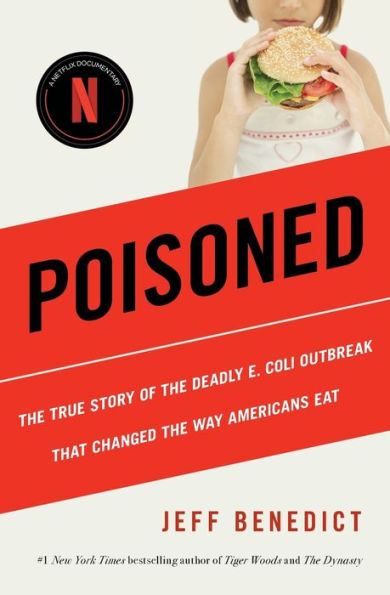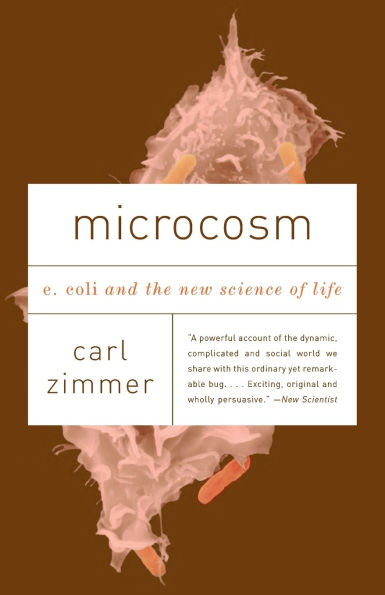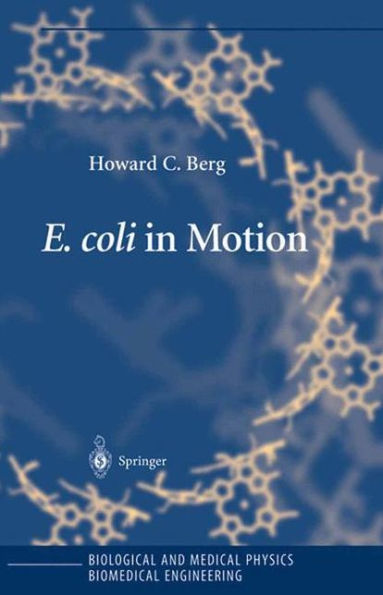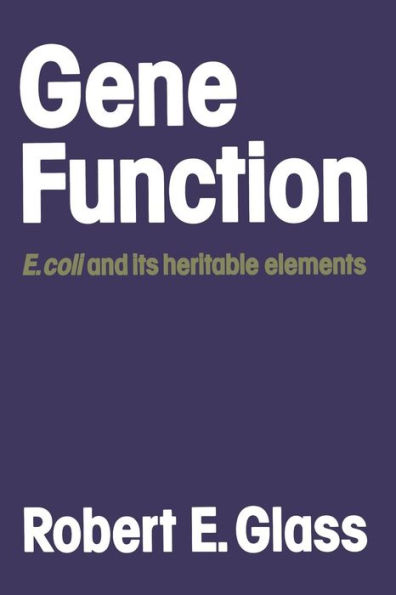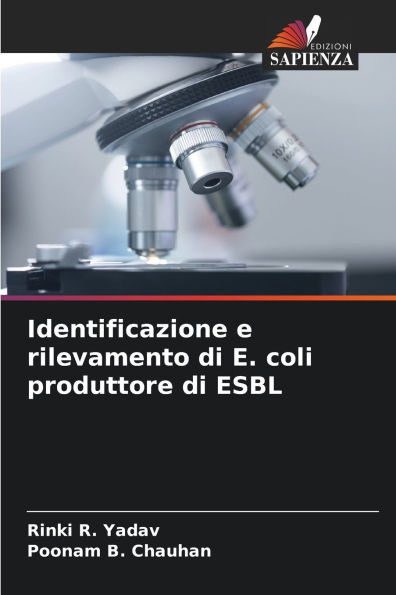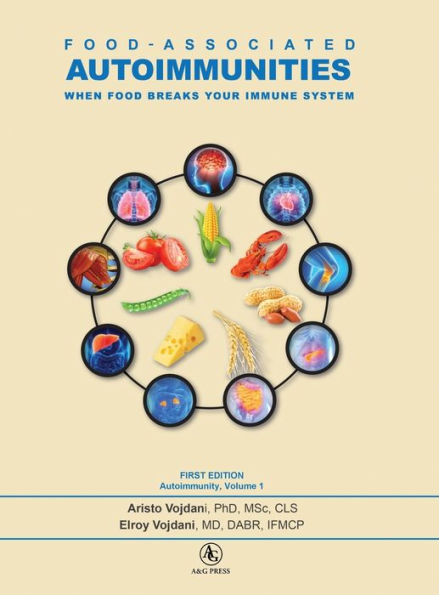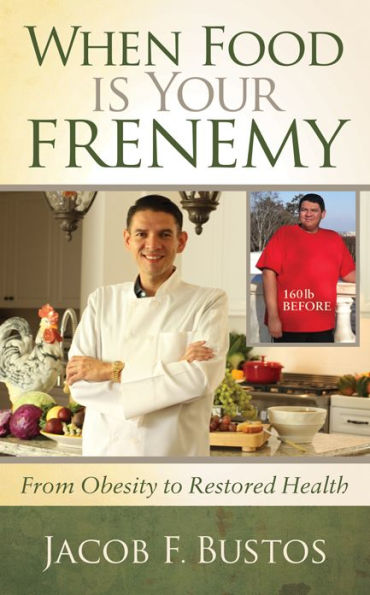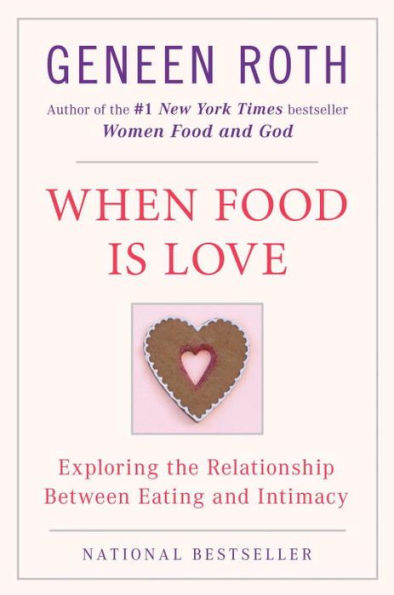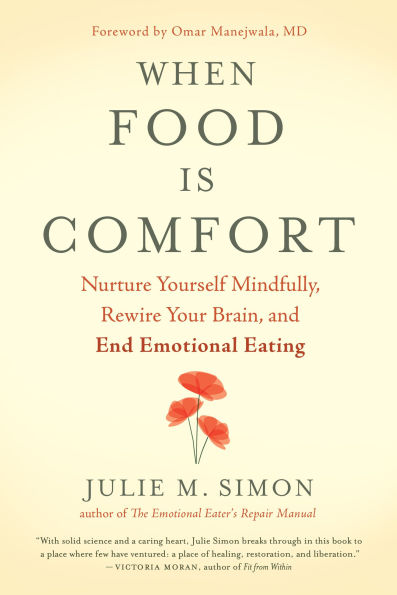Home
When Food Kills: BSE, E. coli, and Disaster Science
Barnes and Noble
Loading Inventory...
When Food Kills: BSE, E. coli, and Disaster Science in Franklin, TN
Current price: $110.00
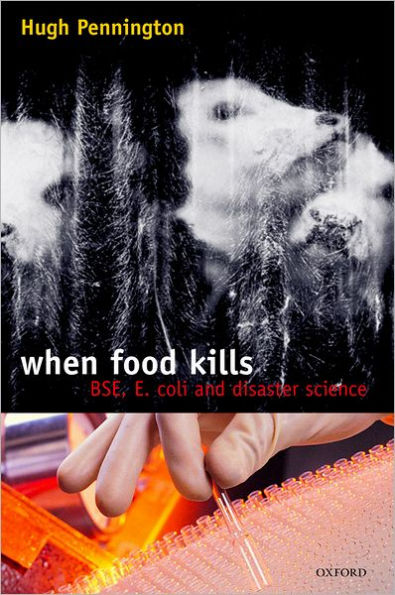
Barnes and Noble
When Food Kills: BSE, E. coli, and Disaster Science in Franklin, TN
Current price: $110.00
Loading Inventory...
Size: OS
The 'food scare' concept took on new meaning in 1996, which opened with variant CJD emerging as the human form of BSE, and closed with Britain's worst E.coli O157 outbreak in central Scotland. As people died, so did trust in government and science. This book tells the story of these events, what led up to them, and what has happened since. It breaks new ground by dissecting these tragedies alongside catastrophes like Aberfan, Piper Alpha, Chernobyl, and the worst ever railway accidents in Ireland and Britain (Armagh and Quintinshill), as well as classical outbreaks of botulism, typhoid, E.coli O157 and Salmonella food poisoning. Britain's ability to win the Nobel prizes marches with a propensity to have disasters. The book explains why, demonstrating failures in policy making, failures in the application of science and failing inspectorates. A unique feature of this book is its breadth since it covers history, politics, and law as well as science. It also makes some fascination connections, like those between 1930's nuclear physics, E.coli, and molecular biology, and the links between manslaughter in 19th century mental hospitals, syphilis, the Nobel Prize, and the prospects for successfully treating variant CJD. Royal murderers, vaccine research in Auschwitz and Buchenwald, and the race to develop the atom bomb appear as well. For the general reader, its non-technical but authoritative account of the science behind these tragedies, its critical appraisal of how the government responded to them, its coverage of public inquiries and its analysis of risk will be informative and stimulating. Scientists will find its approach to the prion theory and the origins of BSE challenging and controversial. Policy makers will find not only diagnoses of what went wrong in the past, but remedies for the future.
The 'food scare' concept took on new meaning in 1996, which opened with variant CJD emerging as the human form of BSE, and closed with Britain's worst E.coli O157 outbreak in central Scotland. As people died, so did trust in government and science. This book tells the story of these events, what led up to them, and what has happened since. It breaks new ground by dissecting these tragedies alongside catastrophes like Aberfan, Piper Alpha, Chernobyl, and the worst ever railway accidents in Ireland and Britain (Armagh and Quintinshill), as well as classical outbreaks of botulism, typhoid, E.coli O157 and Salmonella food poisoning. Britain's ability to win the Nobel prizes marches with a propensity to have disasters. The book explains why, demonstrating failures in policy making, failures in the application of science and failing inspectorates. A unique feature of this book is its breadth since it covers history, politics, and law as well as science. It also makes some fascination connections, like those between 1930's nuclear physics, E.coli, and molecular biology, and the links between manslaughter in 19th century mental hospitals, syphilis, the Nobel Prize, and the prospects for successfully treating variant CJD. Royal murderers, vaccine research in Auschwitz and Buchenwald, and the race to develop the atom bomb appear as well. For the general reader, its non-technical but authoritative account of the science behind these tragedies, its critical appraisal of how the government responded to them, its coverage of public inquiries and its analysis of risk will be informative and stimulating. Scientists will find its approach to the prion theory and the origins of BSE challenging and controversial. Policy makers will find not only diagnoses of what went wrong in the past, but remedies for the future.
